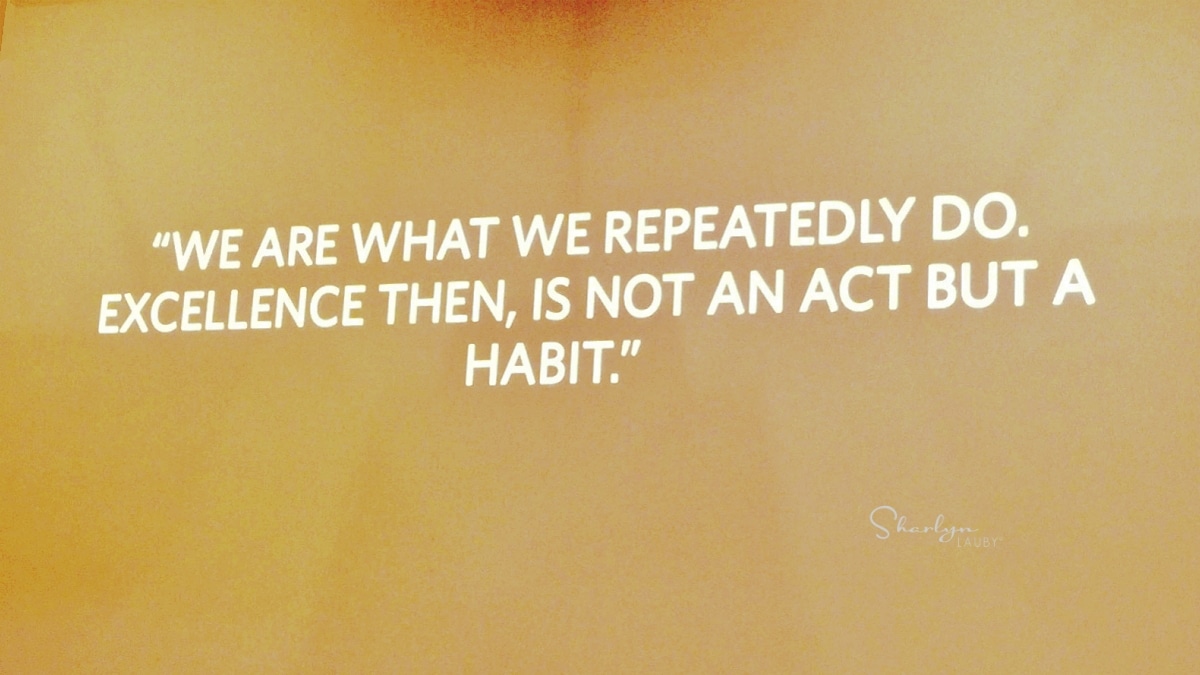Estimated reading time: 3 minutes
Years ago, I worked for a manager who had me distribute the same memo every year about tacit approval. The memo was designed to remind everyone of their responsibilities as a manager and leader as well as the basic principles of business.
Tacit is defined as “understood without being openly expressed.” Not only does it apply to our work roles, but in other places like our volunteer and civic roles. It represents silent consent and acceptance. In our workplaces, tacit approval happens whenever a manager fails to speak out about existing conditions. Tacit approval leads everyone to assume that existing conditions are acceptable, will be tolerated, and allowed to continue.
Not only does tacit approval work against improving performance, it makes it unlikely that standards will be met. Here’s an example. A supervisor doesn’t say anything to an employee who’s not wearing their nametag. If nothing is mentioned, what’s going to motivate the employee to wear their nametag in the future? The supervisor’s silence implies that it’s okay. Other employees will see this and, before long, no one is wearing their nametag.
At the point that someone realizes no one is wearing a nametag, trying to re-institute the policy at this point requires a major retraining effort not to mention an internal public relations campaign. To avoid this situation, the supervisor should be vocal, but not in an overbearing, sarcastic, or caustic way. A timely comment can bring general awareness and serves to remind everyone of the policy.
Okay, I get it. It’s just a nametag. Well, here are a couple other examples of tacit approval in the workplace:
Shifting the blame. An employee in another department has an inappropriate screen saver on their computer. Because this employee is in another department, the manager figures it’s not their responsibility and doesn’t address the issue. Even though they realize the screen saver could offend a co-worker or customer. The assumption that someone else will handle it is misconceived. Meanwhile, the employee has the silent approval from a member of the leadership team.
Setting a double standard. An employee doesn’t arrive at work on time. The employee should be coached on the need to be punctual. Failure to say something would be silent approval of tardiness. But this also means that the manager needs to be punctual as well. The hypocrisy of enforcing one standard while demonstrating another will cause resentment and more problems.
These are just a couple of very simple examples, but tacit approval takes many forms and arises for a variety of reasons. It can often result from fear of conflict or rejection, lethargy, or misguided intentions. The way to eliminate tacit approval is to recognize the reasons that tempt us to overlook a situation that we know needs attention.
Leaders must become comfortable speaking up in every case that warrants it, despite apprehensions. As I mentioned earlier, speaking up doesn’t have to be loud, mean, or uncivil. Before long, the reasons for remaining silent will cease to exist. Our feelings about speaking up to correct something that’s wrong becomes less important to us. It becomes about something being wrong that shouldn’t be.
Image captured by Sharlyn Lauby while exploring the streets of Miami, FL
The post Leadership and Tacit Approval in Today’s Workplace appeared first on hr bartender.





















